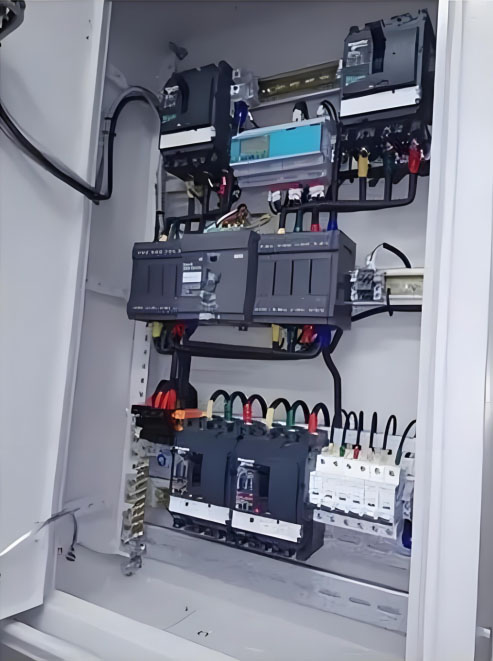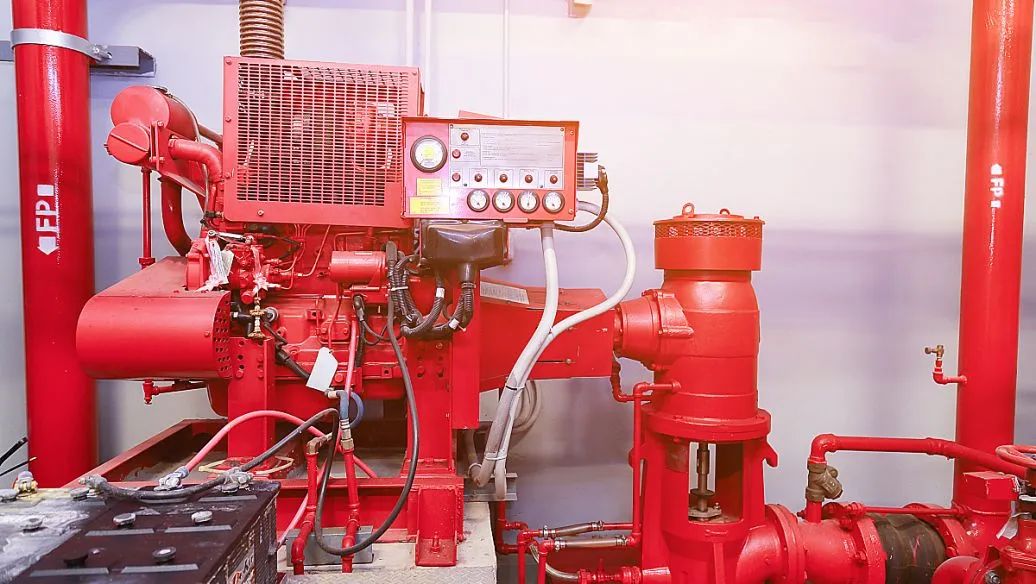Fire Resistant Armoured

Understanding the Differences Between Electrical Fire Monitoring Systems and Fire Equipment Power Monitoring Systems
In the realm of fire safety technology, two essential systems play crucial roles in safeguarding properties and lives: the Electrical Fire Monitoring System and the Fire Equipment Power Monitoring System. While they may seem similar at first glance, they serve distinct purposes and functions within the framework of fire prevention and safety. Additionally, the integration of fire alarm cables is critical for the optimal performance of these systems. In this article, we will delve into the key differences between these systems and the importance of fire alarm cables in enhancing fire safety.
System Functions
Electrical Fire Monitoring System
The primary role of an Electrical Fire Monitoring System is to assess and mitigate the risk of fire originating from electrical equipment. This system operates by continuously monitoring electrical lines, devices, and environmental conditions. It promptly identifies potential fire hazards by tracking critical parameters such as current, voltage, and temperature. When these parameters exceed predefined alarm thresholds, the system triggers an alarm, indicating the specific location of the threat. This proactive approach is essential for preventing electrical fires before they escalate.
Fire Equipment Power Monitoring System
In contrast, the Fire Equipment Power Monitoring System is dedicated to ensuring the operational readiness of fire safety equipment at all times. It monitors the power status of fire protection systems, including parameters such as voltage and current, to detect any faults in the power supply. If any issues are identified, the system immediately alerts personnel, ensuring that fire equipment such as sprinklers, alarms, and hydrants are fully functional when needed most.
Monitoring Targets
Electrical Fire Monitoring System
This system primarily focuses on monitoring various elements that contribute to fire risk, including electrical lines, devices, and environmental factors such as temperature, humidity, and smoke levels. By assessing these key indicators, it helps evaluate the overall fire risk in a designated area.
Fire Equipment Power Monitoring System
In contrast, the Fire Equipment Power Monitoring System zeroes in on the power supply for fire safety equipment. It closely examines voltage, current, and switch status, ensuring that fire protection devices receive uninterrupted power during emergency situations.
Application
Electrical Fire Monitoring System
This system is typically employed in high-risk environments with significant electrical usage and foot traffic, such as shopping malls, office buildings, public transport facilities, hotels, and residential complexes. Due to the extensive use of electrical devices in these areas, the likelihood of electrical fires is heightened, making effective monitoring essential.
Fire Equipment Power Monitoring System
Conversely, the Fire Equipment Power Monitoring System is implemented in locations where it is crucial to guarantee the operational functionality of fire safety equipment. Common applications include hydrant systems, automatic sprinkler systems, foam extinguishing systems, smoke control systems, and fire elevators. In these scenarios, the reliability of the power supply is critical; any failure can severely compromise the effectiveness of fire protection systems.
Fire Alarm Cables: An Essential Component
Fire alarm cables are a vital part of both the Electrical Fire Monitoring System and the Fire Equipment Power Monitoring System. These cables facilitate the communication between various components of fire alarm systems, including smoke detectors, alarms, and the monitoring systems themselves.
Why Fire Alarm Cables Matter
· Reliability: Fire alarm cables are designed to withstand extreme conditions and sustain functionality even in emergencies. They are typically constructed with fire-resistant materials to minimize the risk of signal loss during a fire, ensuring that alarms and monitoring systems can operate effectively when they are most needed.
· Signal Integrity: The efficiency of fire safety systems heavily relies on the integrity of the signals transmitted through these cables. High-quality fire alarm cables help maintain strong and stable connections between all system components, allowing for timely alerts and responses.
· Installation Considerations: Proper installation of fire alarm cables is crucial for system effectiveness. They must be routed correctly to avoid interference from other electrical systems and to ensure that they remain intact in case of a fire.
Monitoring Methods

Electrical Fire Monitoring System
This system utilizes sensors installed within electrical devices, lines, or cabinets to measure temperature, humidity, smoke, and other critical parameters. Data from these sensors is analyzed in real time, enabling the system to detect abnormalities or fire risks immediately. When an anomaly is identified, the system activates its alarms to notify relevant personnel, allowing for swift action.
Fire Equipment Power Monitoring System
The Fire Equipment Power Monitoring System operates through a structured approach comprising three key components: data acquisition, data processing, and application layers. The data acquisition layer collects real-time data about the power supply. The processing layer analyzes this data to identify any anomalies, while the application layer manages alarms and fault diagnostics, ensuring comprehensive monitoring.

Conclusion
In summary, while both the Electrical Fire Monitoring System and the Fire Equipment Power Monitoring System are vital components of a comprehensive fire safety strategy, they serve different functions and monitoring targets. Additionally, fire alarm cables serve as the backbone of these systems, ensuring reliable communication and signal integrity. Understanding these differences and essential
Find BMS Solution
RS-232 Cable
Audio Cable
Fire Resistant Armoured
Electric Wire
Fire Alarm Cable PVC Sheath
2024 Exhibitions & Events Review
Apr.16th-18th, 2024 Middle-East-Energy in Dubai
Apr.16th-18th, 2024 Securika in Moscow
May.9th, 2024 NEW PRODUCTS & TECHNOLOGIES LAUNCH EVENT in Shanghai
Post time: Oct-30-2024
